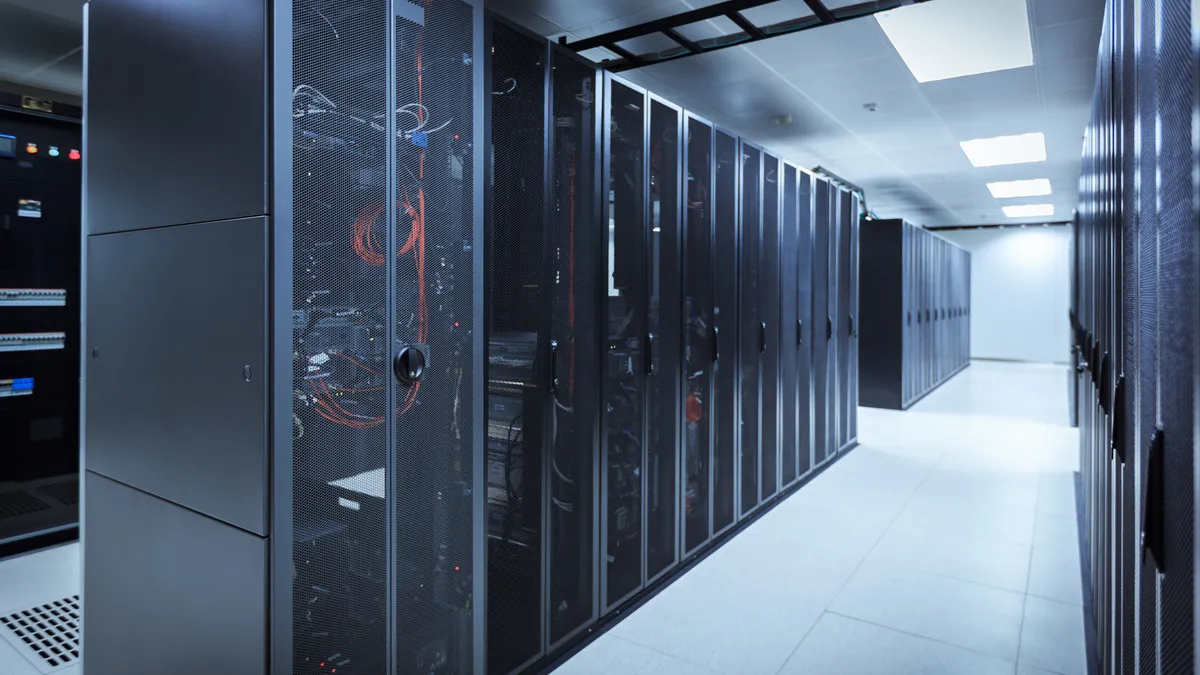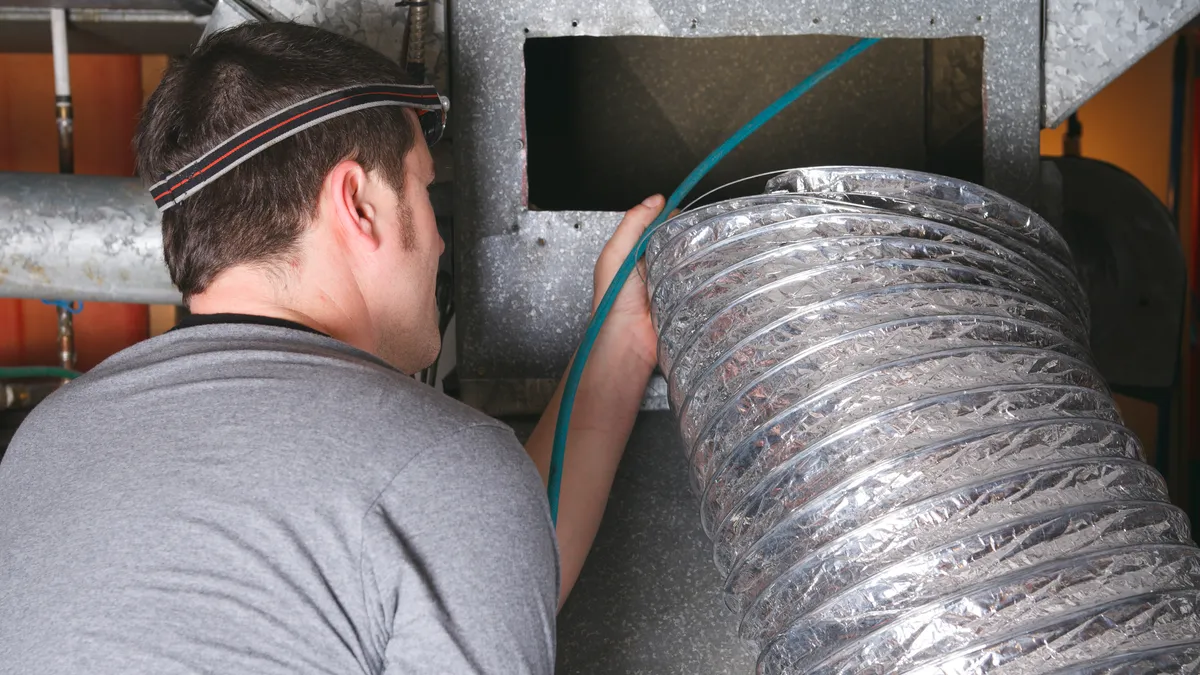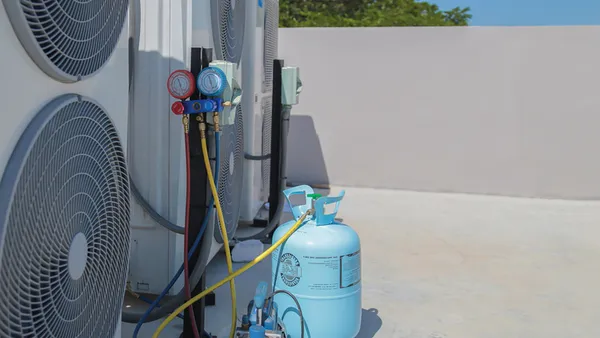Dive Brief:
- Less than half of data center professionals responding to a new AFCOM survey reported that their current cooling solutions meet all their requirements, according to AFCOM’s annual State of the Data Center Industry report released Tuesday.
- Thirty-five percent of respondents indicated that they are compelled to make adjustments because they persistently run out of cooling capacity, while 38% said current cooling solutions are inadequate for current needs and 20% noted they are actively exploring new systems for scalability, the report states.
- As the size, density and energy consumption of data centers increases alongside escalating AI use and edge-processing technologies, 62% of respondents cited increasing energy costs as a key driver of operational costs, with 73% of respondents intending to utilize renewable energy or currently doing so.
Dive Insight:
There is a significant projected increase in data centers across various locations, the report states, with the average number of facilities per respondent expected to increase from 14 to 22 over the next three years. In addition, there is a notable surge in new data center construction, AFCOM says, with the average number of data centers being built per respondent expected to multiply sixfold over the next three years.
The report attributes these expectations to the rise of AI, which it says has driven companies like Meta, Google and Amazon to seek more extensive power availability from single locations as well as growth in the secondary markets and heightening demand for specialized, high-density colocation services.
To satisfy these rising data and power requirements, the estimated average rack density has moved from 7 kilowatts in 2021 to 12 kW per rack today, with 55% of respondents expecting further increases in rack density over the next 12 to 36 months. To accomplish this, 60% of respondents said they are actively working to increase density in their racks today, with 58% primarily focused on improving airflow, the report states. Forty-two percent are increasing density through containment, 40% are turning to liquid cooling strategies and 31% are using new sensors to improve visibility.
As data centers gain importance, physical and cybersecurity threats that pose a risk to physical infrastructure persist, AFCOM says, citing a 2023 outage analysis by the Uptime Institute. That analysis found that more than two-thirds of all outages cost businesses more than $100,000, with 25% saying their most recent outage cost more than $1 million.
The operational costs of downtime have also driven data center professionals to place newfound emphasis on security — ranking as the most common data center infrastructure management implementation in 2023 — with 59% of respondents listing physical and logical security as an ongoing priority, AFCOM says
More than half of respondents believe solar is the most popular renewable energy source in data center operations, followed by 28% who favored wind. Additionally, 56% of respondents named power, energy and environmental management as priorities, while 55% and 50% said their implementation planning list includes cable management and asset tracking management, respectively.
The rise in energy and environmental management priorities is reflected by increasing energy costs, which 62% of respondents cited as a key driver of increasing operational expenditures in 2023. Fifty-seven percent pointed to increasing equipment costs as a driver of OpEX increases, followed by 52% and 40% who attributed these increases to personnel costs and rising software and network service prices, respectively.
Disclosure: AFCOM is run by Informa, the owner of Facilities Dive’s publisher, Industry Dive. Informa has no influence over Facilities Dive’s coverage.













